Brahmagupta (born c. 598, died after 665) was an Indian mathematician and astronomer.
He is the author of two early works on mathematics and astronomy: the Brahmasphuṭasiddhanta a theoretical treatise, and the Khaṇḍakhadyaka a more practical text.
Brahmagupta was the first to give rules to compute with zero. The texts composed by Brahmagupta were composed in elliptic verse in Sanskrit, as was common practice in Indian mathematics.
Brahmagupta was born in 598 CE according to his own statement. He lived in Bhillamala (modern Bhinmal) during the reign of the Chapa dynasty ruler Vyagrahamukha.
In the year 628, at an age of 30, he composed Brāhmasphuṭasiddhānta (the improved treatise of Brahma) which is believed to be a revised version of the received siddhanta of the Brahmapaksha school.
At the mature age of 67, he composed his next well known work Khanda-khādyaka, which is a practical manual of Indian astronomy in the karana category meant to be used by students.
Brahmagupta had a plethora of criticism directed towards the work of rival astronomers, and in his Brahmasphutasiddhanta is found one of the earliest attested schisms among Indian mathematicians.
Brahmagupta's mathematical advances were carried on to further extent by Bhāskara II, a lineal descendant in Ujjain, who described Brahmagupta as the ganaka-chakra-chudamani.
A few decades after the death of Brahmagupta, Sindh came under the Arab Caliphate in 712 CE. Expeditions were sent into Gurjaradesa.
Brahmagupta gave the solution of the general linear equation in chapter eighteen of Brahmasphutasiddhanta.
Brahmagupta then goes on to give the sum of the squares and cubes of the first n integers.
Brahmagupta's Brahmasphuṭasiddhanta is the first book that mentions zero as a number, hence Brahmagupta is considered the first to formulate the concept of zero.
Brahmagupta's most famous result in geometry is his formula for cyclic quadrilaterals.
In 665 Brahmagupta devised and used a special case of the Newton–Stirling interpolation formula of the second-order to interpolate new values of the sine function from other values already tabulated.
He explains that since the Moon is closer to the Earth than the Sun, the degree of the illuminated part of the Moon depends on the relative positions of the Sun and the Moon, and this can be computed from the size of the angle between the two bodies.
Brahmagupta lived beyond 665 CE. He is believed to have died in Ujjain.
Source: Link
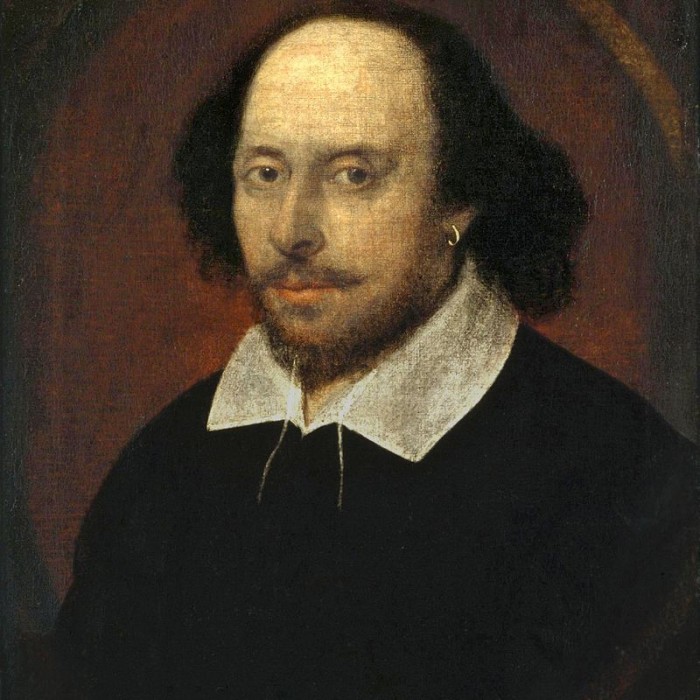
1564 - 1616

1803 – 1882

1854 – 1900

1942 – 2016

1928 – 2014

1835 – 1910

1869 – 1948
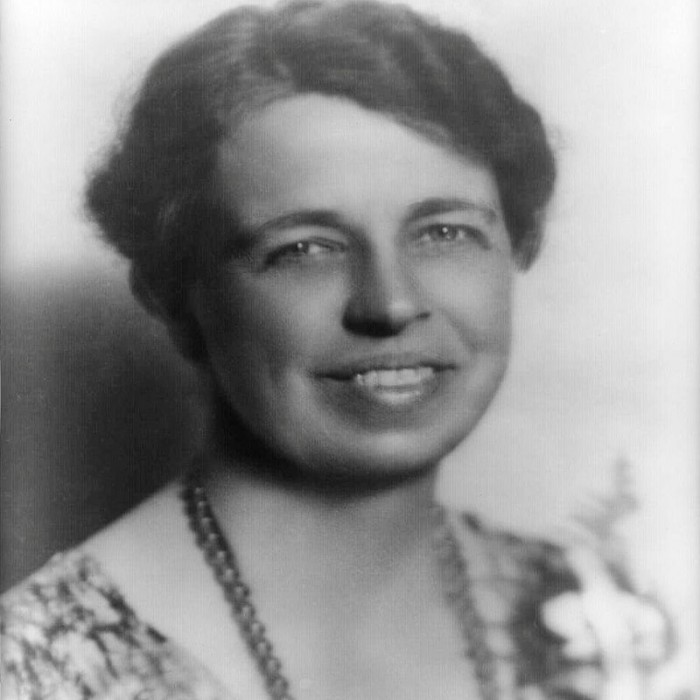
1884 – 1962
1898 – 1963

1929 – 1993
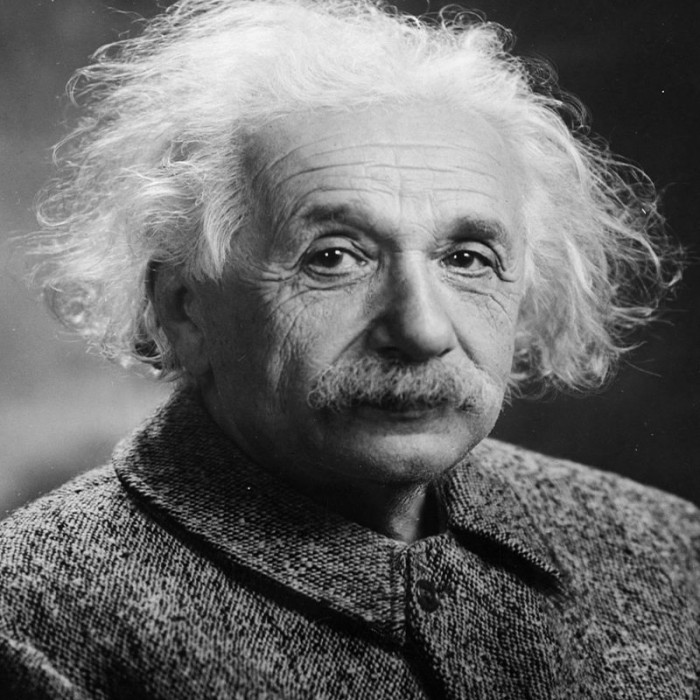
1879 – 1955

1809 – 1865
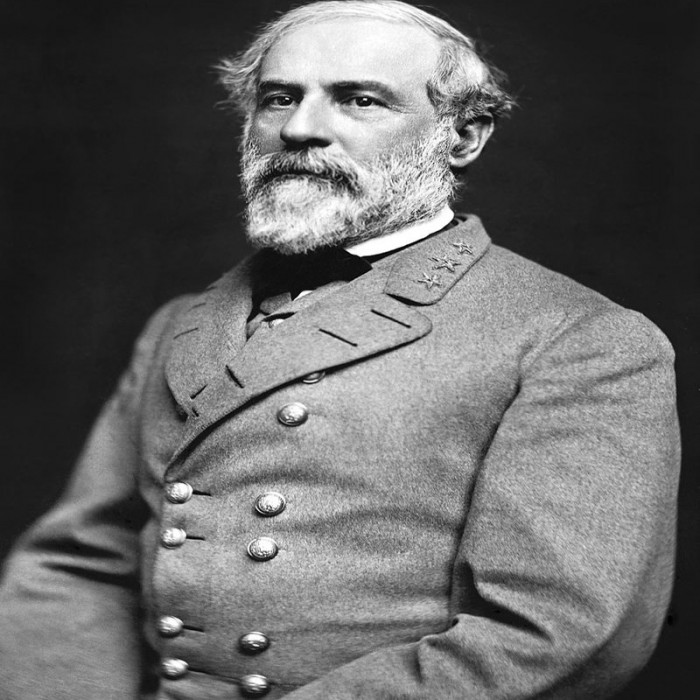
1807 – 1870

1800 – 1859
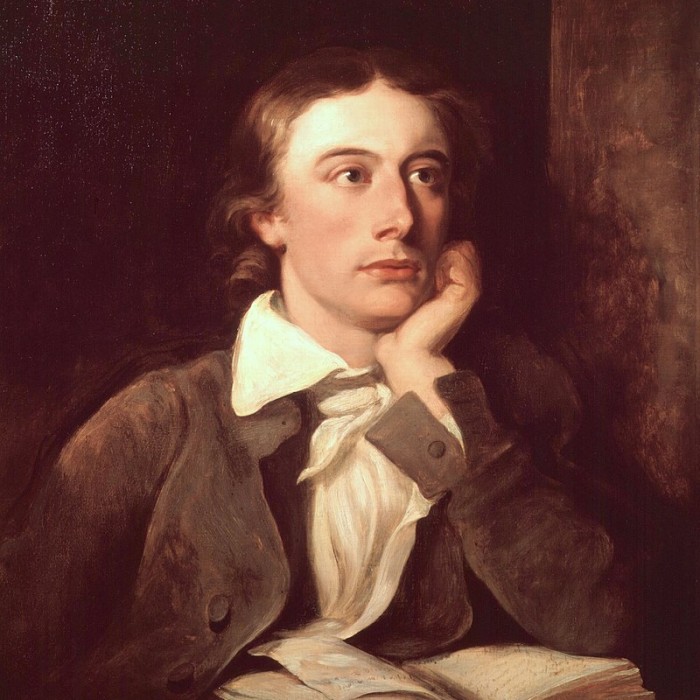
1795 – 1821
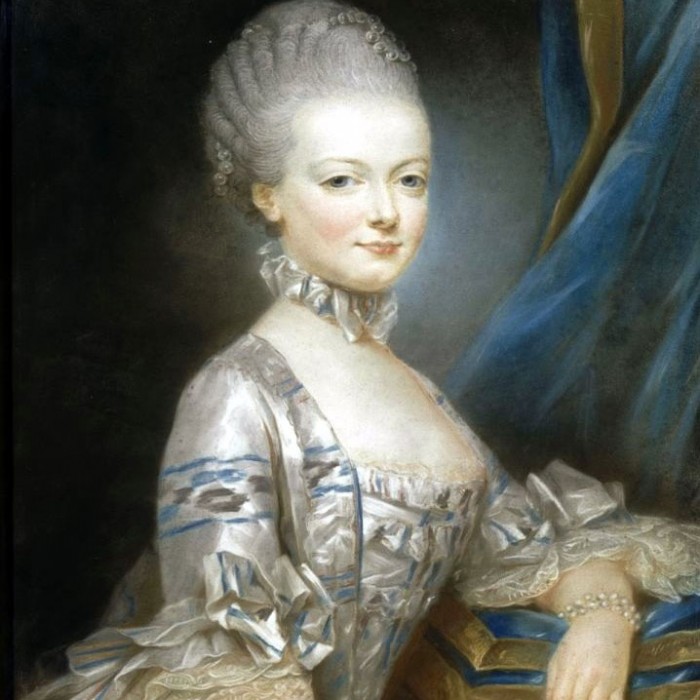
1755 – 1793

1984 -

1989 – 2011

1943 – 2001

1815 – 1902

1929 – 1994

1767 – 1848
